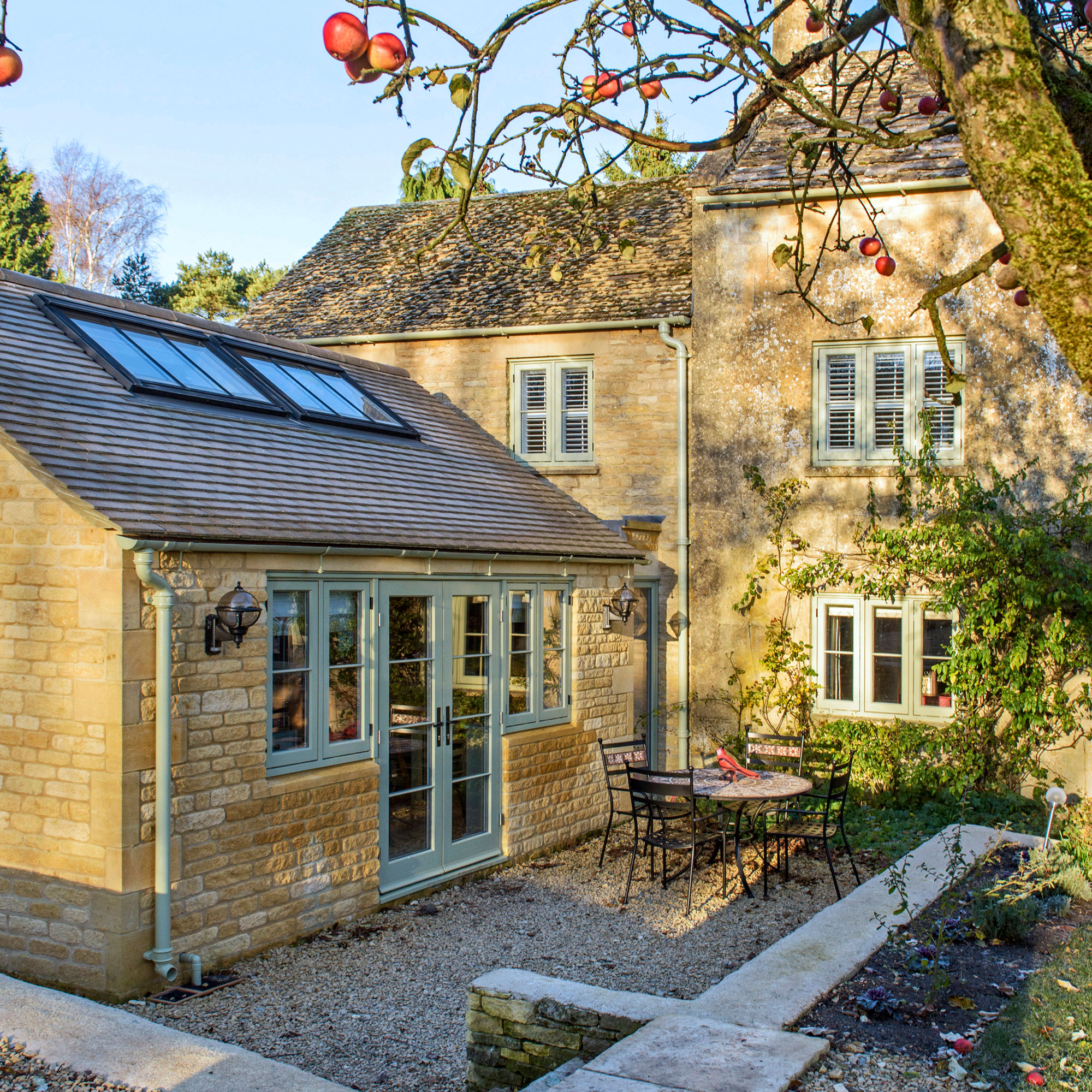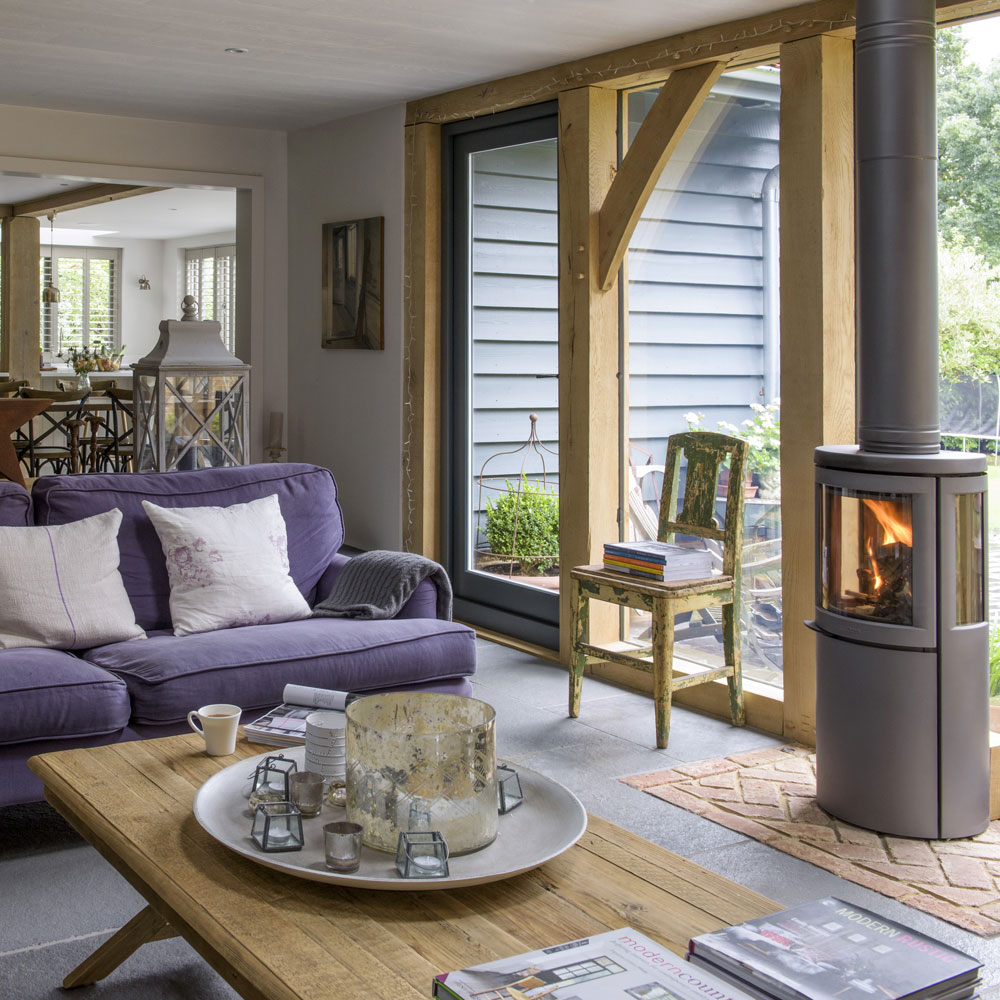How do green energy tariffs work? Our guide explains all
If you’re trying to make your home more environmentally-friendly, you may be thinking about switching to a green energy tariff
You may also be wondering if you can cut costs and sidestep the energy crisis by moving to a renewable energy deal.
The soaring price of gas has caused sky-high energy bills for millions of households. Bills are set to rise even further when the regulator Ofgem increases the price cap.
However, even if your energy supplier says it’s avoiding fossil fuels and helping fight climate change, unfortunately this does not mean you’ll escape the high gas price and benefit from lower costs.
We answer how green energy tariffs work, the common misconceptions, and how to find the greenest - and cheapest - deals.
What is a green energy tariff?
Around nine million households are on green energy contracts, with more than half of all electricity tariffs launched now badged as ‘100% renewable’ or ‘green’.
Many big energy suppliers make claims about providing “100% renewable electricity” or “zero-carbon electricity”. There are also small, specialist green energy suppliers, including Good Energy, Green Energy UK and Ecotricity.
For electricity, green sources of energy usually come from the sun (solar panels), wind (wind turbines) and water (hydroelectric, tidal and wave).
Get the Ideal Home Newsletter
Sign up to our newsletter for style and decor inspiration, house makeovers, project advice and more.
Green electricity is much more common than green gas. Green Energy UK is the only supplier of 100% green gas, which is biomethane from farm, food and landfill waste.

How do green energy tariffs work?
One of the big misconceptions about green tariffs is that the electricity you receive into your home is purely from renewable sources, with no coal or gas or other fuels in the mix.
This is not correct. Everything from your fridge and washing machine to your kids’ games consoles and long showers will be powered by the National Grid - and you and your supplier have no control over this. It’ll be the same energy as what your neighbours receive, regardless of the tariff you’re on.
About 40% of the electricity from the National Grid comes from renewable sources (wind is the biggest contributor), 30% is from gas, with the remainder coming from nuclear, biomass and coal.
So, how is it possible to label an energy deal as “green”? There are several ways energy firms can do this. The first is by using the income they receive from their customers to invest in developing renewable energy. Another way is by striking a deal with a solar array or wind farm to buy the electricity they produce.
Suppliers can also match the electricity that customers use with renewable energy guarantees of origin (REGO) certificates. These are issued by Ofgem to prove the origin of clean energy. For a tariff to be badged as “green” or “100% renewable'', a supplier must be in possession of enough REGO certificates to cover the energy consumed by customers on that tariff.
How can I find the greenest tariff?
Given the different ways that green tariffs work, it can be tricky finding a truly green energy firm.
Three-quarters of consumers believe suppliers should be more transparent over their green tariffs, according to a poll commissioned by the government last year.
There have also been allegations of “greenwashing” in the industry.
According to Energy Saving Trust, the greenest tariffs are where the energy supplier buys renewable electricity and its accompanying certificates directly from generators, such as wind farms. It says this provides a clear benefit to the renewable industry.
The trust puts Ecotricity, Good Energy and Green Energy UK in this category. The trio provides 100% renewable electricity, while some or all of their gas supply is green too.
Then there’s the “moderately green” category. These are often larger energy suppliers that own or have partnerships with renewable and fossil fuel generators. The standard tariffs provide electricity from a mix of sources, while the green tariffs are backed up by REGO certificates from their low-carbon electricity sources.
Finally, there are the energy firms that aren’t really green at all. Energy Saving Trust explains that some electricity suppliers who claim to supply 100% renewable energy simply buy excess REGO certificates. 'These certificates are cheaply available from times of excess production across the EU and these tariffs do little to encourage the generation of renewable energy in the UK.'
Have a look at how the green tariff works, and make sure you are comfortable with how the parent company fulfils its pledge of being eco-friendly.
Energy suppliers are legally required to publish details of their “fuel mix”, so pay close attention to this. Consider what “green” means to you - for example, are you happy for nuclear to be included as a renewable energy?

Are green tariffs cheaper than standard energy deals?
Green tariffs are currently no cheaper than standard deals - and at the moment, some are a lot more expensive.
The high cost of gas affects the price of renewables because renewable providers raise or lower their charges in line with the wider energy market.
Good Energy, which backs all the electricity it supplies with power bought from a community of generators, says it is affected by wholesale gas and electricity prices. “Firstly, because the prices we pay generators are influenced by the wider market, but also because we still have to trade wholesale power.” This occurs when customer demand exceeds the renewable power that Good Energy buys.
Buying REGOs also costs suppliers money, which in turn pushes the price of green energy up.
Gareth Kloet, energy expert at the comparison site GoCompare, points out another reason why green tariffs are currently expensive. 'In my opinion, the biggest influence of green tariffs is that those suppliers who typically favoured green/sustainable sources of energy [such as Bulb and Pure Planet] have gone out of business.'
Does the Ofgem price cap apply to green tariffs?
The price cap applies to most variable green tariffs. It is priced at £1,277 a year on average for a typical household paying by direct debit, and will rise to £1,971 from 1 April 2022
However, three green suppliers - Good Energy, Green Energy UK and Ecotricity - have a permanent exemption from the price cap, because they contribute to the growth of renewable energy.
This means their tariffs can be higher than the price cap. For example, Ecotricity’s standard electricity tariff is about 34p a kWh - compared to the current price cap average of 21p.
How can I find the cheapest green tariffs?
Suppliers have withdrawn their cheapest tariffs due to the eye-watering price of gas, and until there is more clarity over how the price cap will change in April.
Some price comparison websites have also frozen their switching services because of the energy crisis.
So, unfortunately there are no decent green energy deals on the market right now.
According to GoCompare, which looked at the cheapest green tariffs on 24 January, So Energy has the cheapest deal, with So Grape Two Year - Green. It has an average annual bill of £2,053. The one-year version is next on the list at £2,098.
Ovo Energy’s Better Smart 11 January 2022 deal is the third cheapest, at £2,350.
What should I do if my green tariff is about to end?

If your fixed rate is about to finish, the usual advice is to choose another fixed tariff as this will be cheaper than falling onto a variable rate.
But, these are not normal times. Many fixed tariffs have been withdrawn, and the ones available are typically a lot higher than the price cap. So, by doing nothing you will move onto a variable rate, which is protected by Ofgem’s price cap.
'Most suppliers are advising customers to do nothing right now,' notes Kloet.
Joe Malinowski, founder of the comparison site The Energy Shop, agrees. 'For now, do nothing, sit tight and see what comes out of the price cap announcement in February.'
Can I generate my own green energy?
If you want to boost your eco credentials and go further than switching to a green energy tariff, you could consider generating your own renewable energy. For example, you could install solar panels on your roof, or a micro combined heat and power (micro-CHP) system in your home. The latter generates heat and electricity simultaneously. It’s a similar size to a boiler but the crucial difference is it can generate electricity at the same time as heating water.
Other options are to install a wind turbine, depending on how much land you have, or hydro power if you live near a river or lake.
The Smart Export Guarantee (SEG) scheme pays you for any excess renewable electricity that you export back to the National Grid.
-
 Wood drenching is the calming new twist on the colour drenching trend – here’s how to make the look work in your home
Wood drenching is the calming new twist on the colour drenching trend – here’s how to make the look work in your homeIt’s easier than ever to embrace natural materials
By Maddie Balcombe
-
 Aldi is launching a £200 day bed with four different features - its sleek design is suited to the whole family
Aldi is launching a £200 day bed with four different features - its sleek design is suited to the whole familyYou don't want to miss out on this Specialbuy
By Kezia Reynolds
-
 How to set up a drip watering system that saves water and a lot of effort
How to set up a drip watering system that saves water and a lot of effortKeep your plants hydrated (and your water bill down) with this clever garden watering solution
By Natalie Osborn
-
 You can claim back over £300 a year from HMRC if you work from home - here’s how to check if you’re eligible
You can claim back over £300 a year from HMRC if you work from home - here’s how to check if you’re eligibleWhen it comes to saving, every little helps
By Kezia Reynolds
-
 Experts have revealed the best day to renew your home insurance policy - you’ll want to do it sooner rather than later
Experts have revealed the best day to renew your home insurance policy - you’ll want to do it sooner rather than laterDon't leave this task at the bottom of your to do list
By Kezia Reynolds
-
 Is a variable rate mortgage ever a good idea? Experts weigh in
Is a variable rate mortgage ever a good idea? Experts weigh inOur money expert explains what a variable rate mortgage is, who they can be good for, and the pros and cons of this kind of mortgage
By Samantha Partington
-
 I’m a first-time buyer, what are my chances of getting a mortgage right now?
I’m a first-time buyer, what are my chances of getting a mortgage right now?And what you can do to increase your odds
By Rachel Wait
-
 Should you ever pay above the asking price for a home?
Should you ever pay above the asking price for a home?Our money expert explains whether you should ever pay over the asking price for a home, especially if house prices fall as predicted
By Samantha Partington
-
 Should I fix my mortgage and how long should I fix for?
Should I fix my mortgage and how long should I fix for?We speak to the experts to find out whether you should fix your mortgage and how long for as well as the impact further interest changes could have on your decision
By Samantha Partington
-
 We put your mortgage questions to two leading experts, here's what they said
We put your mortgage questions to two leading experts, here's what they saidAs mortgage panic continues, we've answered the most common questions - from when mortgage rates will come down, to when you actually have to pay stamp duty
By Samantha Partington
-
 'My mortgage is set to skyrocket - what should I do?' 5 potential solutions from a money expert
'My mortgage is set to skyrocket - what should I do?' 5 potential solutions from a money expertIf you're facing higher mortgage costs, our money expert explains various courses of action you could take to ease the pressure
By Samantha Partington